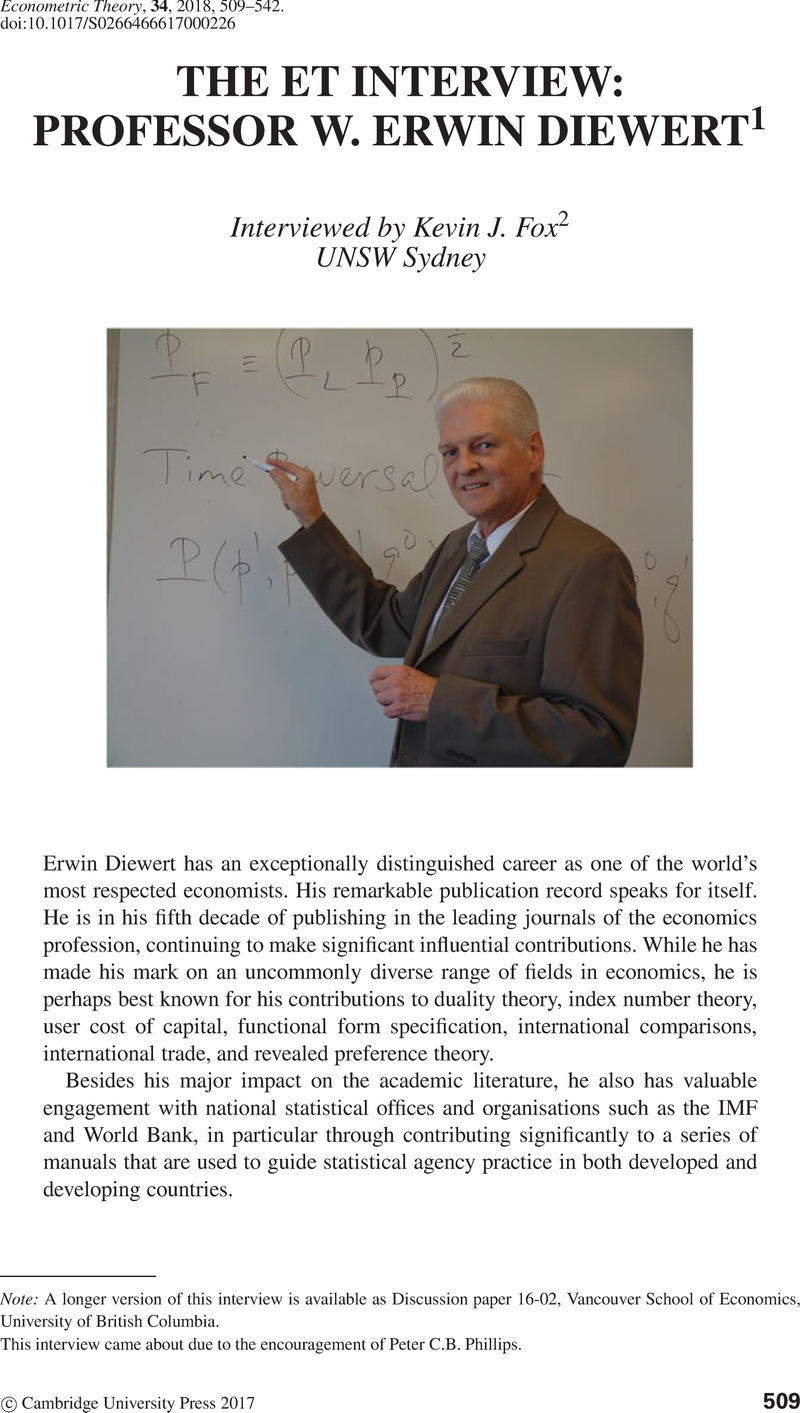Crossref Citations
This article has been cited by the following publications. This list is generated based on data provided by Crossref.
Pastor, Jesús T.
Aparicio, Juan
and
Zofío, José L.
2022.
Benchmarking Economic Efficiency.
Vol. 315,
Issue. ,
p.
19.
Pastor, Jesús T.
Aparicio, Juan
and
Zofío, José L.
2022.
Benchmarking Economic Efficiency.
Vol. 315,
Issue. ,
p.
115.
Cruz‐e‐Silva, Victor
and
Balk, Bert M.
2025.
Price Indices Rekindled, 1970s–1990s: Theory and Practice at Cross Purposes?.
Journal of Economic Surveys,


